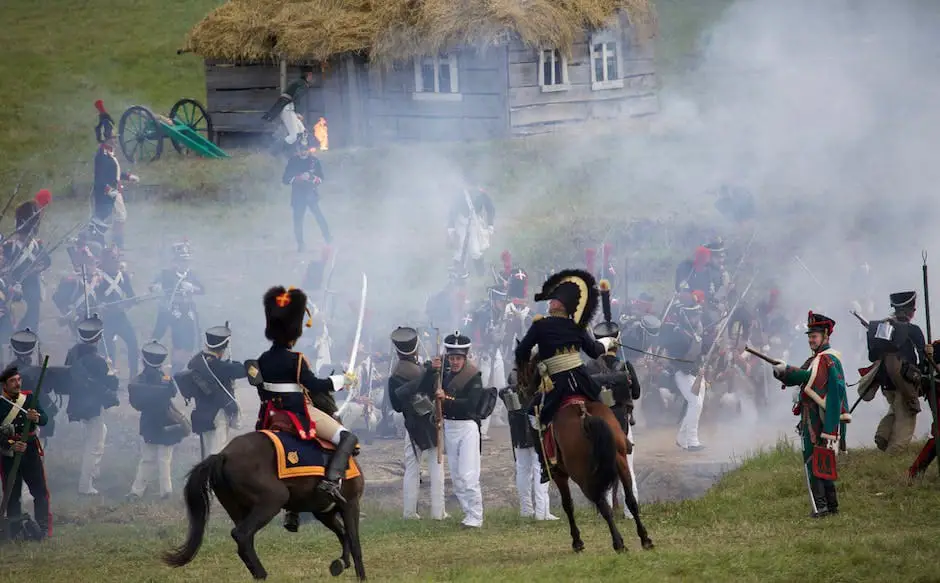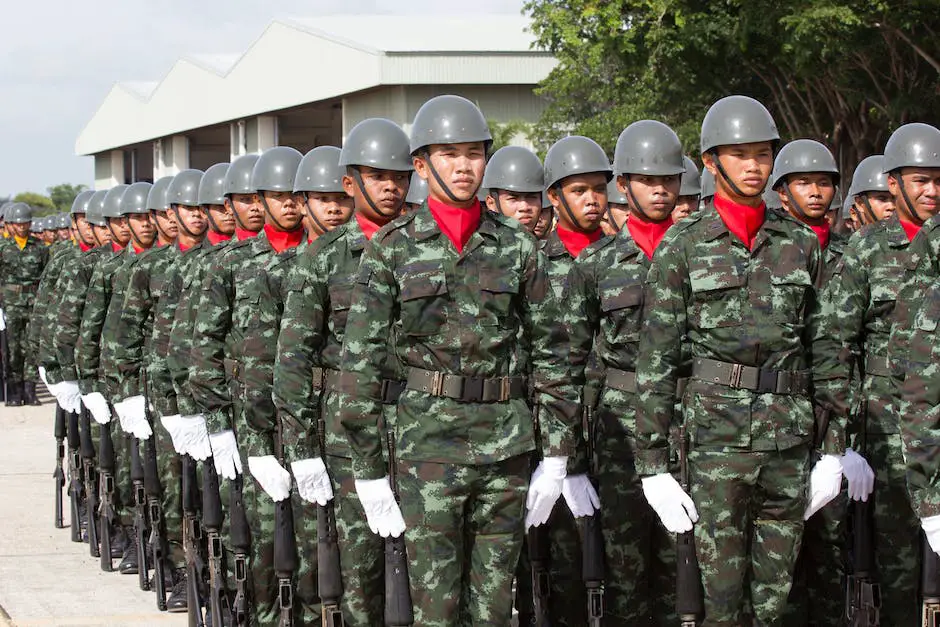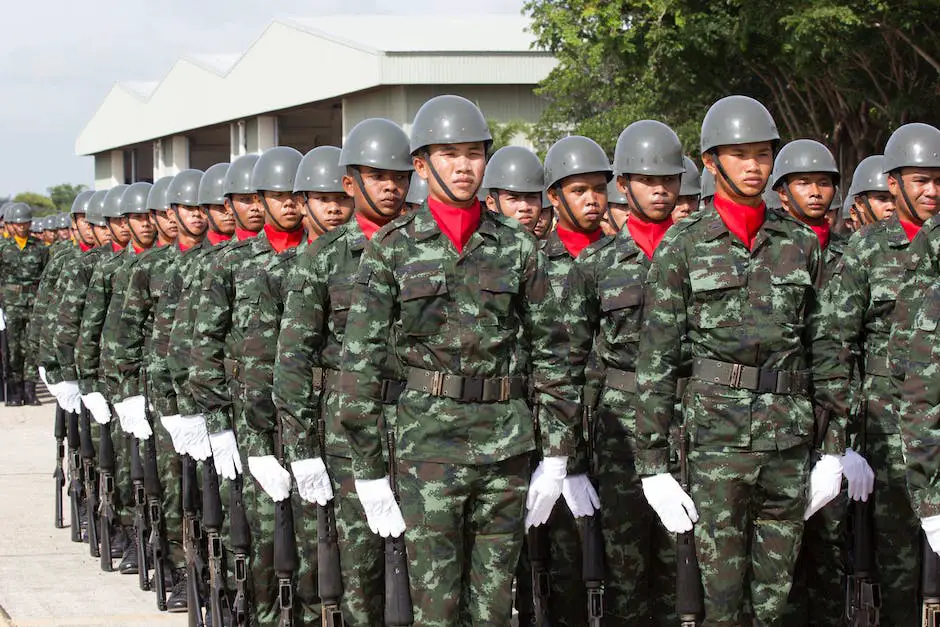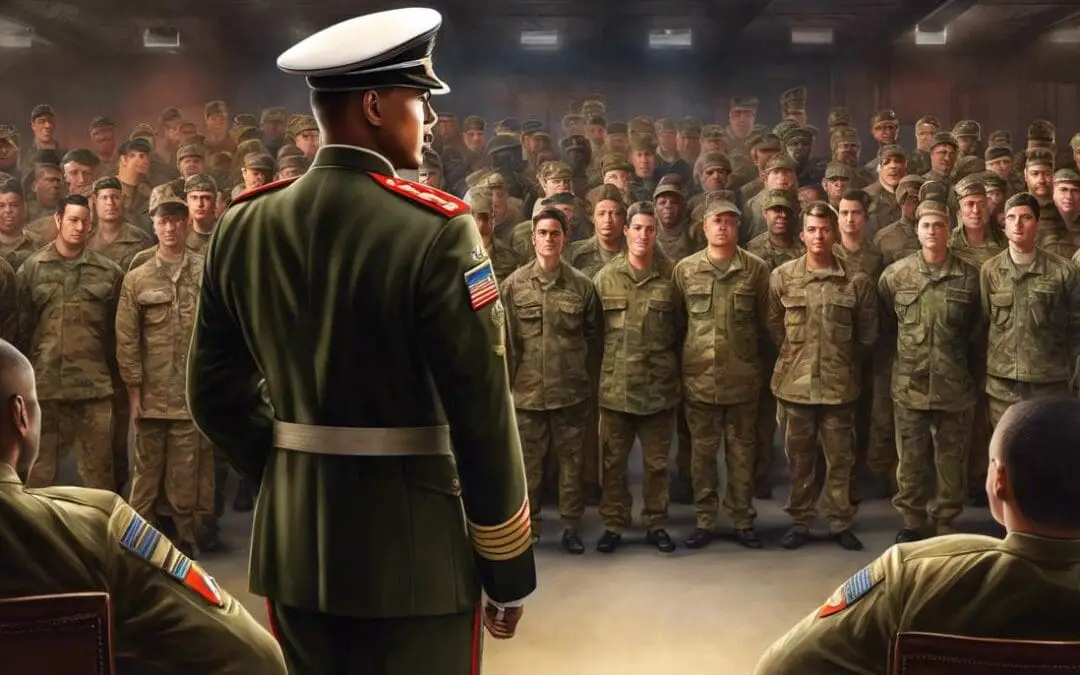Throughout the vast spectrum of careers within the United States Army, the Warrant Officers stand tall and distinct. As the pinnacle of technical expertise, Warrant Officers meld knowledge, experience, and leadership into a unique, dynamic role essential for the military’s complex operations. Their pivotal impact is examined in the context of their responsibilities and specialties they master, from the advanced realms of aviation and digital warfare to the tactical intricacies of field artillery. The nuanced path these officers traverse, the qualifications they amass, and the challenges they battle against to attain professional fulfilment are other facets of their career that require thorough exploration. This introspection aims to provide a comprehensive panorama of an Army Warrant Officer’s career, its progression, and the rewards it encapsulates.
The role and responsibilities of Army Warrant Officers
Exploring the Primary Functions and Duties of Army Warrant Officers
Army Warrant Officers constitute a distinct, integral component of the United States Military where their roles are multifaceted and critical in terms of operations and overall efficiency. Accurately establishing the job functions of these officials necessitates a thorough delve into the rich war narratives that the U.S. military emanates.
Warrant Officers are recognized as technical and tactical experts in specific fields, possessing knowledge and skills that span from the enlistment level to the officer corps. Unlike enlisted personnel or commissioned officers, the primary role of a Warrant Officer is not to lead troops. Rather, these officers focus on providing expertise and guidance in their specific areas of proficiency.
In the Army, these professionals are considered the linchpins in many units for their ability to manage a wide array of military equipment, technology, and systems. They operate and maintain advanced devices, performing essential tasks in areas such as intelligence, aviation, signal, and maintenance.
Within their assigned fields, Warrant Officers typically perform a concentrated set of duties. The Civilian Aide to the Secretary of Army delineates these tasks into three broad categories: leader, trainer, and advisor.
As leaders, Warrant Officers are largely responsible for operating and maintaining systems that facilitate mission success. This function often involves managing complex and sophisticated apparatus, underscoring the significance of their in-depth technical acumen.
As trainers, they contribute to the growth and development of their enlisted colleagues, creating a culture of continuous learning. Their deep-seated knowledge about their occupation is instrumental in honing the skills and capabilities of lower echelon personnel.
Lastly, as advisors, Warrant Officers serve a key consultative role, offering technical advice to other Army Officers, particularly in terms of strategic decision-making. Their proficiencies and specialized knowledge make them the go-to experts who influence the operational choices pertinent to their vocation.
To succinctly illuminate this operational landscape, consider an Aviation Warrant Officer. Such an individual commands UH-60 Blackhawk helicopters, provides mentorship to junior pilots, and offers tactical advice to higher-ranking officers, harmoniously fulfilling the duties of a leader, trainer, and advisor.
However, the complexity and diversity of functions and duties assigned to Warrant Officers should not be underestimated. Despite the rather simple classification, the immense depth and breadth of their roles render them invaluable to the United States Army.
Their eagerness to incessantly ameliorate their knowledge and skills, their willingness to navigate the complexities and vicissitudes of modern warfare, and above all, their unwavering commitment to serving with honor and integrity, wholly encapsulates the essence of what it means to be a Warrant Officer in the United States Army: a fusion of knowledge, expertise, and unyielding dedication.

The career path for an Army Warrant Officer
Progression and Potential: The Career Trajectory of an Army Warrant Officer
Delving into the career advancement of an Army Warrant Officer requires one to understand a meticulously designed, yet flexible progression model, governed by merit, aptitude, and institutional need. This current discourse aims to illuminate the sequential layers of this career pipeline, unraveling the intricate methods of assessment and promotion that dictate this particular track.
Beginning this profound journey as an enlisted soldier or officer, an individual’s initial transition into a Warrant Officer role is facilitated through the Warrant Officer Candidate School (WOCS). As a short yet intense leadership development program, the WOCS is designed to train, evaluate, and assess the suitability of aspirants for the responsibilities that lie ahead. Success here first requires acceptance into the program, where one’s professional background is scrutinized rigorously to ensure the alignment of expertise and potential WO responsibilities.
Post completion of WOCS, these freshly minted Warrant Officers (WO1) are then subjected to further rigorous training linked to their respective career field, obtaining the certification necessary to be officially recognized as Warrant Officers in their specialty. Here, individuals may find themselves in the role of pilots, technical experts, or advisors, learning to effectively implement their specialized knowledge.
Elevating from the WO1 rank, the next ascent in this hierarchy is to the position of Chief Warrant Officer Two (CW2). This transition is generally imbued with increased leadership responsibilities and mandates a deeper involvement in planning and decision making.
Upon proving worthy in their CW2 role, Warrant Officers can ascend to Chief Warrant Officer Three (CW3). This level broadens their leadership parameters, with a currency of experience empowering them to tackle strategic decisions and mentor subordinates.
The next elevation, to Chief Warrant Officer Four (CW4), is a significant one, epitomizing a mastery of their range of duties. Here, WO’s adopt the reins of policy establishment, demonstrating an empirical understanding of their specialization, synthesized with extensive battlefield experiences.
Advancement to the highest rank, that of Chief Warrant Officer five (CW5), invites a select few. Here, individuals are recognized as the absolute authority in their respective fields, often overseeing and influencing broader policies involving their area of expertise.
However, navigating this intricate hierarchy is not just a mechanical assemblage of service years and cursory skill assessments. It necessitates an acute dedication to personal development, continued learning, and upskilling. Structured training, both in-service and civilian, coupled with leadership courses, further enable this upward journey. Furthermore, the Army’s promotion strategy fosters clear opportunities for institutionalized growth and progression, characterized by structured evaluation boards and objective promotion points systems.
This rigorous yet rewarding pathway forming an Army Warrant Officer’s career trajectory is purposefully designed to extract optimal potential, ensuring cream-of-the-crop leadership within the Army’s echelons. It accentuates the adage that advancement is neither incidental nor accidental but is the result of a clearly laid-out structure that meticulously rewards expertise, leadership abilities, and consistent dedication to the service.

As our comprehensive exploration into the role and significance of Army Warrant Officers continues, we will now delve into the granular prerequisites and modus operandi that allow these seasoned professionals to ascend within their career ladder, and with noteworthy distinction.
Progression as an Army Warrant Officer is contingent upon both acquired skills and qualifications. However, it is not a simple linear path, marked merely by years of service. Opulent in advancements is the path that fosters, nurtures and refines a multifaceted set of skills rooted in leadership, technological adeptness, and an intimate knowledge of both the military’s operations and administrative procedures. These aren’t mere desirables; rather, they are non-negotiable requisites for progression.
To inch towards this progression, Warrant Officers must firstly display proficiency in their specific occupational specialty, be it information systems, pilot training, or another of the diverse roles within the Warrant Officer corpus. Their competence in their chosen field, underpinned by various certifications and qualifications, is the springboard from which they can muster that first step on the progression ladder.
Attainment of the initial Warrant Officer rank (Warrant Officer 1, WO1) is only the beginning of a meticulous journey aimed at continual refinement and specialization. Each subsequent rank from Chief Warrant Officer Two (CW2) to Chief Warrant Officer Five (CW5) demands increased expertise, leadership skills, and administrative acumen.
As the ranks increase, so too do the leadership responsibilities, which graduate from merely executing tasks to guiding operational and strategic decisions. The transition embodies a move from a reactive role to a proactive one, marked by strategic planning and mission-critical decision-making.
A neglected aspect in most discussions, yet a crucial stepping stone, is the role of personal development. Continuing education plays a notable part in advancement as Warrant Officers climb the hierarchy. This encompasses not only formal military education, such as the Warrant Officer Senior Service Education or Warrant Officer Intermediate Level Education but also civilian education that can shore up their breadth of knowledge and inject fresh perspectives into their work.
Another pivotal axis of progression is the in-depth structured training that officers receive, punctuated by high-stakes assessments. These procedures are designed to evaluate skills, aptitude, and leadership qualities and determine an officer’s readiness for promotion. The Army uses specific evaluation boards and a points system to quantify and qualify an officer’s potential for advancement, placing an emphasis on their demonstrated expertise, leadership abilities, and dedication to service.
In essence, progression in the role of an Army Warrant Officer necessitates an amalgamation of diverse skills, relevant qualifications, an unfailing commitment to personal development, and an adaptable mindset that thrives even in militarily challenging environments. The result is a career that is rewarding not only in terms of recognitions and advancements but also in the exhilaration of serving with distinction and making tangible contributions to the military’s success. A career as an Army Warrant Officer offers a unique opportunity to attain the zenith of professional fulfillment while serving with honor, integrity, and an unwavering commitment to excellence.

For an individual committed to service, leadership, and continuous learning, the path of an Army Warrant Officer offers a rich tapestry of challenges and rewards. This unique position – an essential yet often misunderstood aspect of the military structure – brings with it a significant set of responsibilities and, arguably, an even more significant array of recourses.
A rewarding career as an Army Warrant Officer is not without its challenges. The road is paved with rigorous training, continuous professional development, and high-stakes evaluations. Additionally, the requirements for starting and advancing within the Warrant Officer ranks are a further barometer of the professional and personal commitment required for this role.
One of the pivotal challenges as a Warrant Officer presides in the navigation of increasing responsibilities and complexity of duties. As ranks advance from WO1 towards CW5, the specialist becomes an adept leader, managing not only tasks but people and entire operations. This transition from the tactical to the operational and strategic realm necessitates a dexterous mindset – one that can balance hands-on expertise with big-picture leadership.
There’s an undeniable emphasis on personal development. Throughout the Warrant Officer trajectory, the need for continuous education and professional betterment is inescapable. An underlying challenge is, therefore, not just to execute and lead, but also to embrace life-long learning – an inexhaustible determination for self-improvement.
The path may be demanding, but it is not without its rewards. For every challenge faced by a Warrant Officer, there is an equal, if not greater, reward. These rewards may not always be tangible, but they manifest through enriched personal development, professional fulfillment, and the undying respect earned from their peers and subordinates.
Each ascension in rank correlates to a mastery of increasingly challenging leadership and administrative responsibilities and consequent recognition of expertise and dedication. This progression provides immense gratification – a testament to the officer’s deepening expertise, leadership proficiency, and overall growth.
Moreover, the work of a Warrant Officer is accompanied by a profound sense of purpose and connectedness. The Warrant Officer’s role in managing and maximizing state-of-the-art military equipment and advanced systems directly informs the success of operations. Their influence reaches far beyond their immediate surroundings, echoing throughout the military strata.
Lastly, it’s worth noting the pride derived from a commitment to honor, integrity, and excellence. The mark of a Warrant Officer is not merely in their rank insignia. It’s embedded in their unwavering dedication to serving with honor and integrity – characteristics that leave an indelible mark on their career.
In conclusion, while the journey of an Army Warrant Officer is undoubtedly marked by challenges – it is these very challenges that ultimately yield their rewards. This symbiotic interplay strengthens the Warrant Officer, their team, and the Army’s mission, creating an indissociable bond between service, expertise, and the relentless pursuit of excellence.

The life of an Army Warrant Officer is certainly demanding, painted with relentless training and steadfast adherence to the military ethos. However, the fortitude of these officers ultimately reaps them incredible rewards, not just in career progression, but also in personal growth and fulfilment. Incarnating the Armed Forces’ best technical experts, they persist as the backbone in executing complex operations. A detailed exploration of their role unearths a wealth of information about their career path, from entry stages to decision-making roles, the myriad of skills they acquire, the challenges they surmount and the morale-boosting rewards they harvest. Therefore, gaining an insight into the life of an Army Warrant Officer unravels a journey marked by dedication, perseverance, and an unparalleled commitment to safeguarding the nation.


